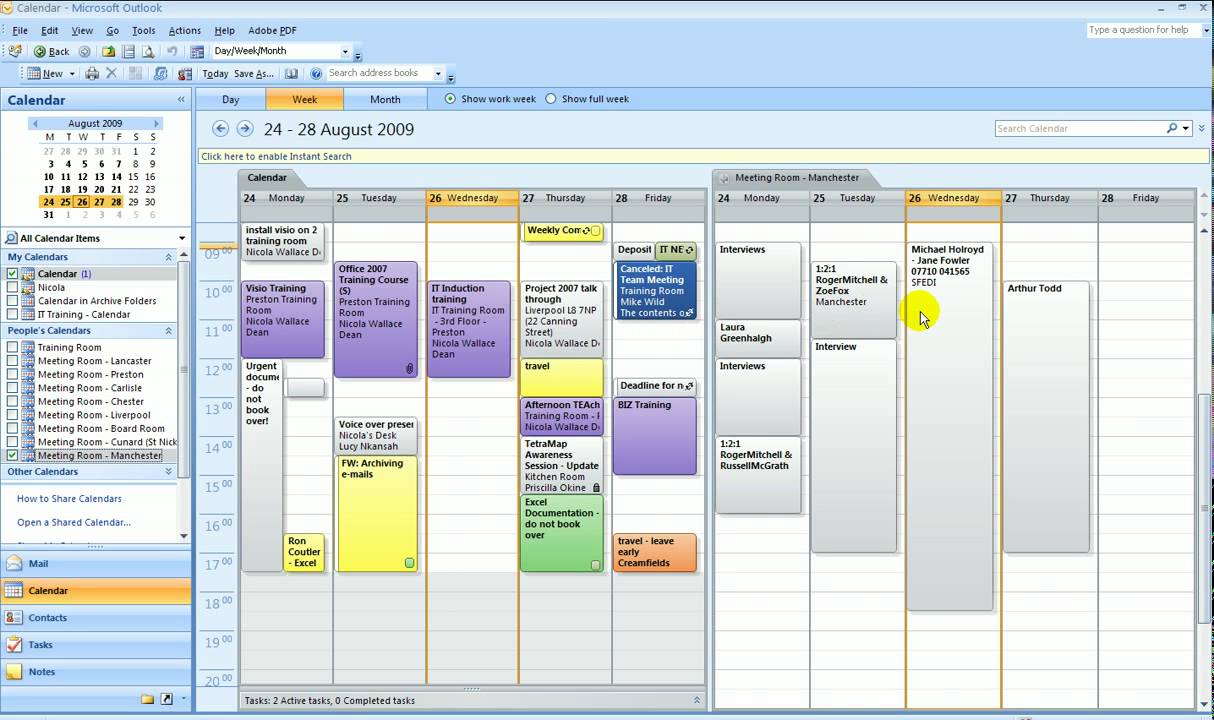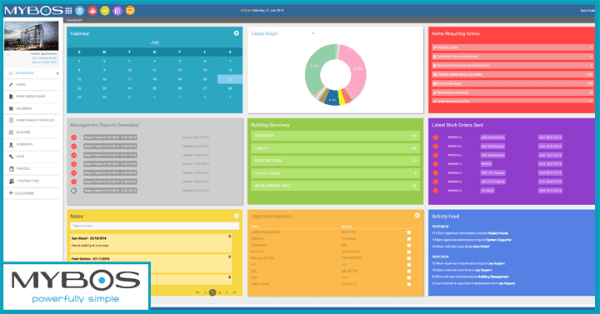


EMS software can also accommodate for these use-cases. Meeting rooms are commonly used for internal team meetings, discussions with clients or partners, and other smaller-scale gatherings. While they might also be equipped with basic presentation equipment like projectors and whiteboards, they are generally less advanced in terms of technology compared to conference rooms. These rooms are usually smaller and designed for more intimate discussions, team meetings, brainstorming sessions, and small presentations. Meeting Room: A meeting room is a more generic term that can refer to various types of spaces where meetings are held. EMS software has advanced video conferencing features for large-scale virtual events. Crestron Flex Scheduling natively integrates with most third-party scheduling applications for a seamless experience across your organization. Due to their larger size and more sophisticated equipment, conference rooms are often chosen for events that involve higher-level discussions or presentations that require a more professional setup. Conference rooms might be equipped with advanced audiovisual equipment, large screens, projectors, and teleconferencing facilities to facilitate presentations and discussions involving remote participants. The distinctions between these two types of rooms can vary, but here's a general overview of how they are commonly understood:Ĭonference Room: A conference room is typically a larger and more formal space designed to accommodate larger groups of people, often used for presentations, seminars, workshops, and larger company meetings. The terms "conference room" and "meeting room" are often used interchangeably, but they can have slightly different connotations depending on the context and the organization.


 0 kommentar(er)
0 kommentar(er)
